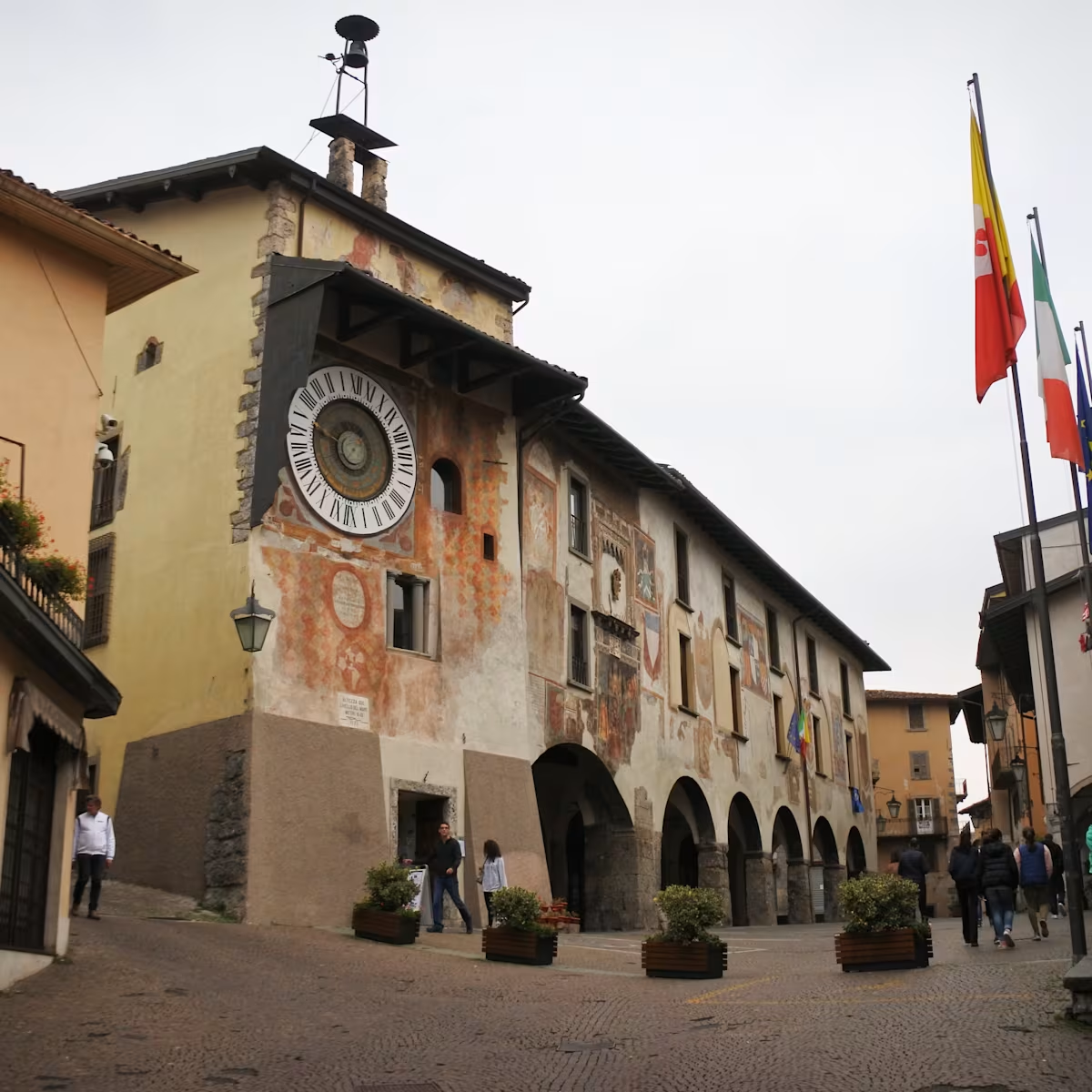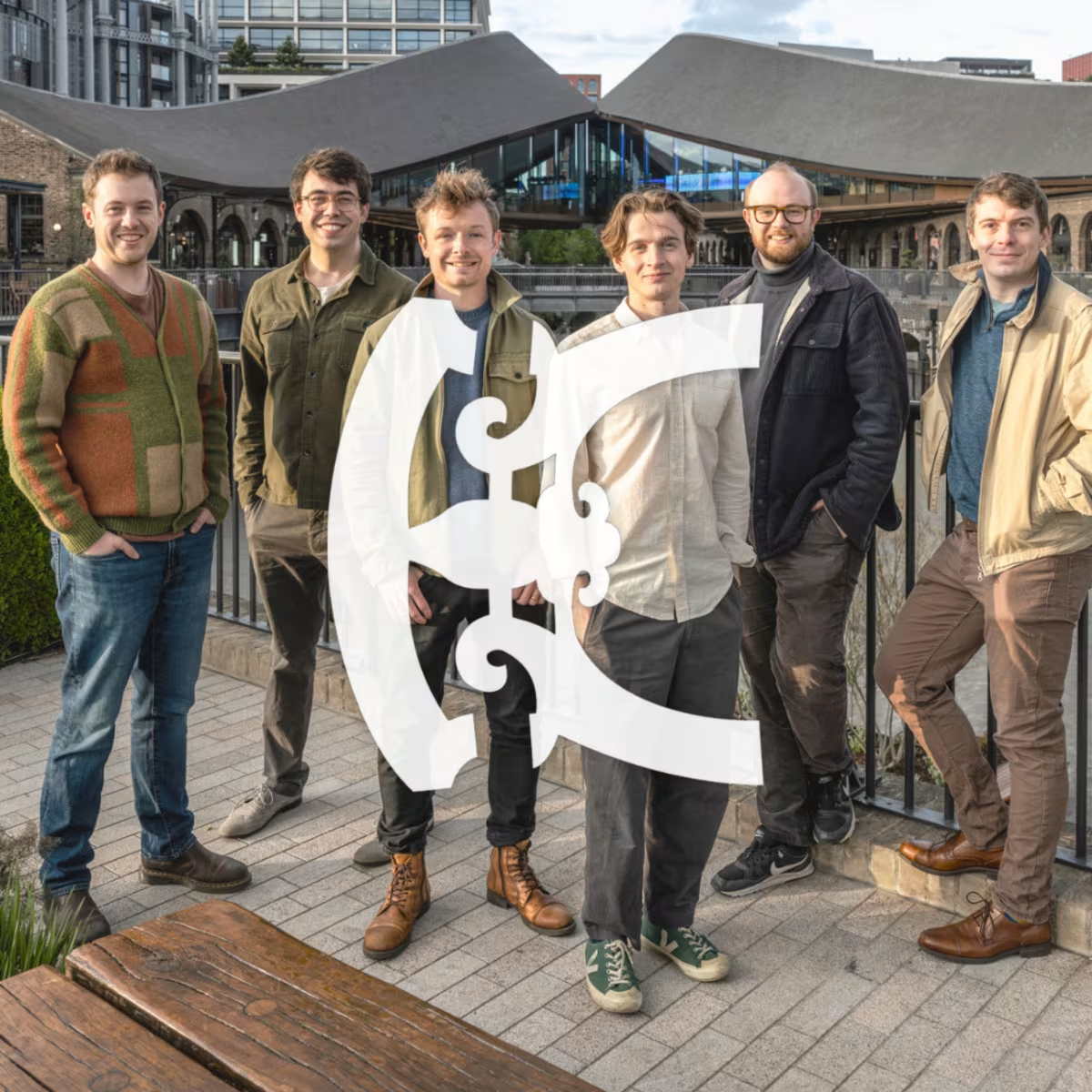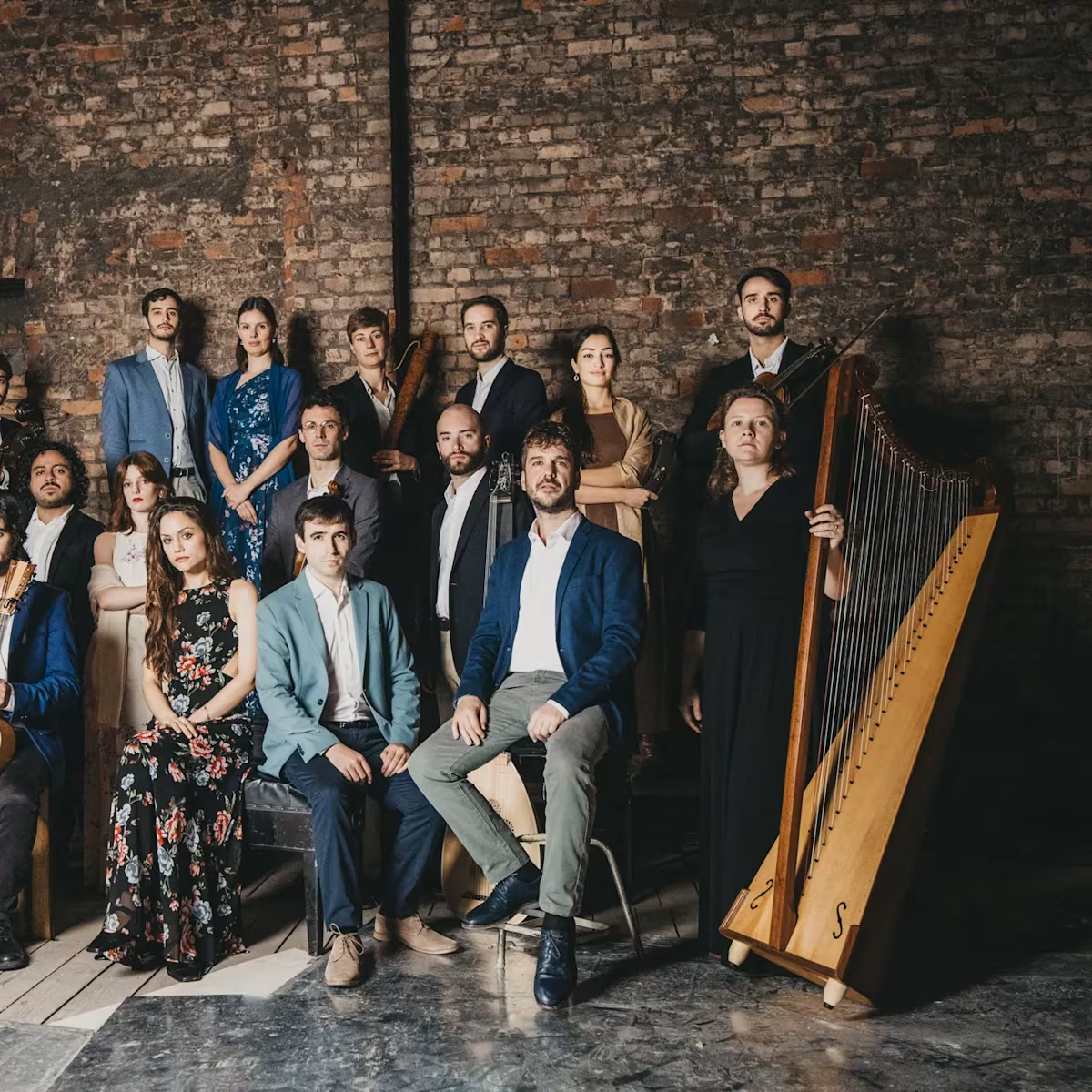Recording
Irlandiani - Smock Alley
Irlandiani's new album explores 18th-century Italian-Irish musical connections
Share this

FIRST PUBLISHED 18 MAR 2023
I’m the creative director of Irlandiani, writes Carina Drury, a collective of musicians who use historical and traditional instruments to explore Italian and Irish musical connections in the 18th century. The very beginnings of the Irlandiani concept started with musical friendship and collaboration when Irish flautist Eimear McGeown and I were inspired to work together after playing in several concerts and tours with Camerata Ireland. When I heard Eimear play, I was struck by the similarities in style and sound between historical and folk instruments.
We initially came together in 2020 to record for my debut solo album Irlandiani (from which we’ve taken the name of our group). As the pandemic started to wane and live performances were starting up again, we gave several concerts to promote the album. I started adding more and more ensemble repertoire into these concerts, giving everyone moments of soloistic interest and having more fun, both in rehearsals and on stage! In the process, I realised we were really connecting as an ensemble and had discovered quite a bit of interesting new ensemble-focussed repertoire.
By 2022, we felt that we had enough repertoire to record a new album, Smock Alley, drawing inspiration from the vibrant theatre scene in Dublin during the 18th century. The concept behind the album was to explore connections between Italian and Irish musicians at the Smock Alley Theatre and its surrounding neighbourhood. We were fortunate to be selected for a grant award for this project from Continuo Foundation, as part of their scheme for recently formed ensembles. This funding was vital, as it enabled us to transform the seeds of this repertoire into a whole recording programme which we could rehearse, record and present to concert promoters and festivals to secure future bookings.
I was first drawn to the Smock Alley area in Dublin because of the research I did for the Irlandiani album, during which I had read about John and William Neal’s music shop in Christ Church Yard, and of course Neal’s Musick Hall on Fishamble Street, where Handel’s ‘Messiah’ was premiered in 1742. I found walking around these streets in Dublin so fascinating, contemplating that so many stories from the past began on these few historic streets. The Smock Alley Theatre, just a stone’s throw from Fishamble Street on what is now Exchange Street Lower, was the first custom-built theatre in Dublin city, dating back to 1662. The theatre (then the Theatre Royal) was renovated in 2012 and its original 17th century form remains largely the same.
At the heart of the Smock Alley programme is a set of cello duos by the Italian composer Tomasso Giordani (1730–1806) which I recorded with Poppy Walshaw. Giordani moved to Dublin in 1764, where he stayed until 1767 working as musical director at the Smock Alley Theatre. His Six Duos for Two Cellos, Op. 18 were composed later, in 1780, in London before he returned to Dublin in 1783, and remained there for the rest of his life.
‘Both she (Carina Drury) and Poppy Walshaw play the duos and sonatas with sensitivity and conviction. Fine playing, too, by Nathaniel Mander on harpsichord. The recorded sound… is warm and well-balanced’ (****/**** BBC Music Magazine)
As an ensemble we’ve taken it in turns to have moments in the spotlight on this disc. Poppy Walshaw has recorded a cello sonata by Francesco Geminiani (1687-1762); a composer who spent periods of time living in Dublin in the 1730s, then returned in 1758 and stayed until his death. A keen art collector, he opened a combination art gallery and concert space called ‘Geminiani’s Great Room’ in Spring Gardens, just off Dame Street. Nathaniel Mander has recorded solo harpsichord works by Roseingrave and Scarlatti. Thomas Roseingrave (1688-1766) was an organist who grew up in Dublin. At the age of sixteen, he was sent to Venice with funding from St. Patrick’s Cathedral to ‘improve himself in the art of music’. It was here that he met and became enraptured with Domenico Scarlatti’s playing and composition.
One thing that I have really valued in this recording is that it enabled us to take creative risks and to put time into creating our own arrangements and compositions, resulting in a wonderfully varied programme. We’ve also enjoyed discovering Irish tunes which were collected and published by musicians in Dublin during the 18th century. As manuscript sources, we used John and William Neal’s A Collection Of The Most Celebrated Irish Tunes from 1724 (the first known printed collection of Irish tunes), Burke Thumoth’s 12 Irish and 12 Scotch Airs with Variations of 1748, Charles and Walter Clagget’s A New and Complete Tutor for the Violoncello of 1785 and a vocal glee, To Sleep, composed by Francis Hutcheson, which we have reimagined by using two celli and a double bass for the vocal lines.
All these musicians had connections to the Smock Alley Theatre or the neighbouring area. Interestingly, Charles Clagget was a violinist who led the orchestra at the Smock Alley Theatre during the 1760s, under the direction of Tomasso Giordani. The aim with our arrangements has been to recreate the ethos of cultural exchange present in 18th century Dublin, embracing a variety of musical styles and empowering ourselves as performers to also be arrangers and composers. The cello duets were a starting point for the bass-heavy sound world we have explored, adding the gritty warmth of double bass and percussion from John-Henry Baker and earthy Irish flute from Eimear McGeown.
To explore the spirit of collaboration even further, we commissioned a projected artwork display for our launch concerts from artist and animator Matthew Robins, who created the artwork for both the Irlandiani and Smock Alley album covers. I worked with Matthew Robins back in 2010, playing with his band for a run of Flyboy is Alone Again this Christmas at the Barbican Theatre. I have always found his method of storytelling through a combination of music, words and imagery to be incredibly imaginative and inspiring, and his projections worked very well.
Smock Alley is available now from First Hand Records.
This project was supported by a grant from Continuo Foundation
Supported by Continuo Foundation
Share this
Keep reading

Legrenzi: A forgotten genius full of surprises
In the town of his birth, the Musica Mirabilis ‘Giovanni Legrenzi’ Festival revives the legacy of a composer who links Renaissance polyphony with Baroque drama.

Playlist: The Gesualdo Six
This playlist explores The Gesualdo Six's extensive discography, featuring some new works commissioned by the group, alongside a wide range of early music.

Cantoría | ‘A la fiesta, zagales’: Spanish Baroque at Wigmore Hall
Cantoría leads listeners into a vibrant Spanish festive world filled with the joyful energy of Baroque villancicos, carols, jácaras and dances.




